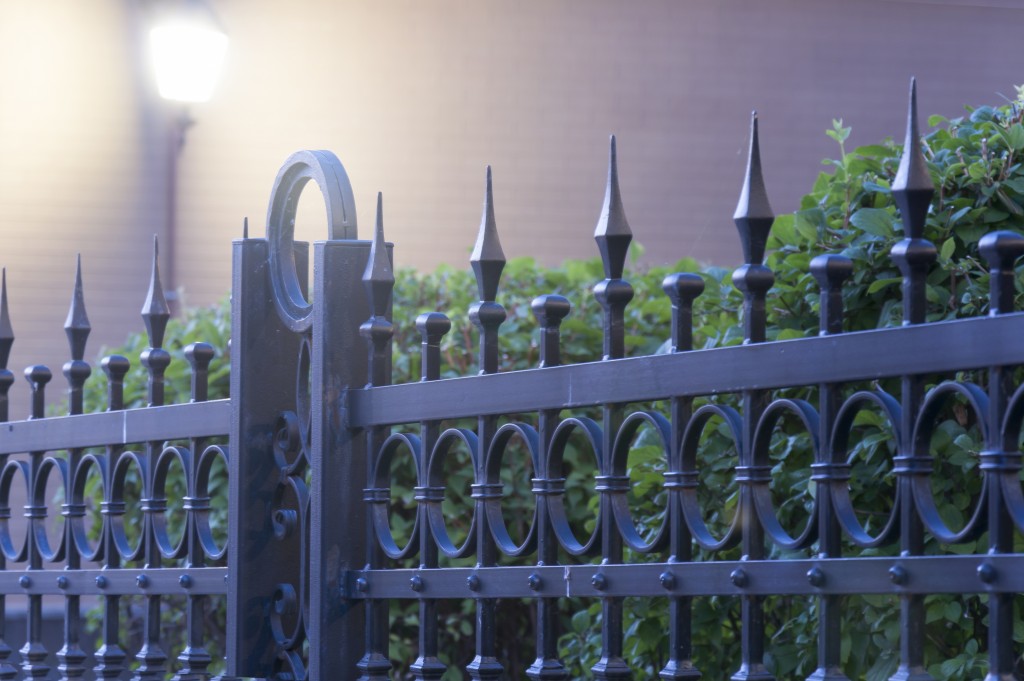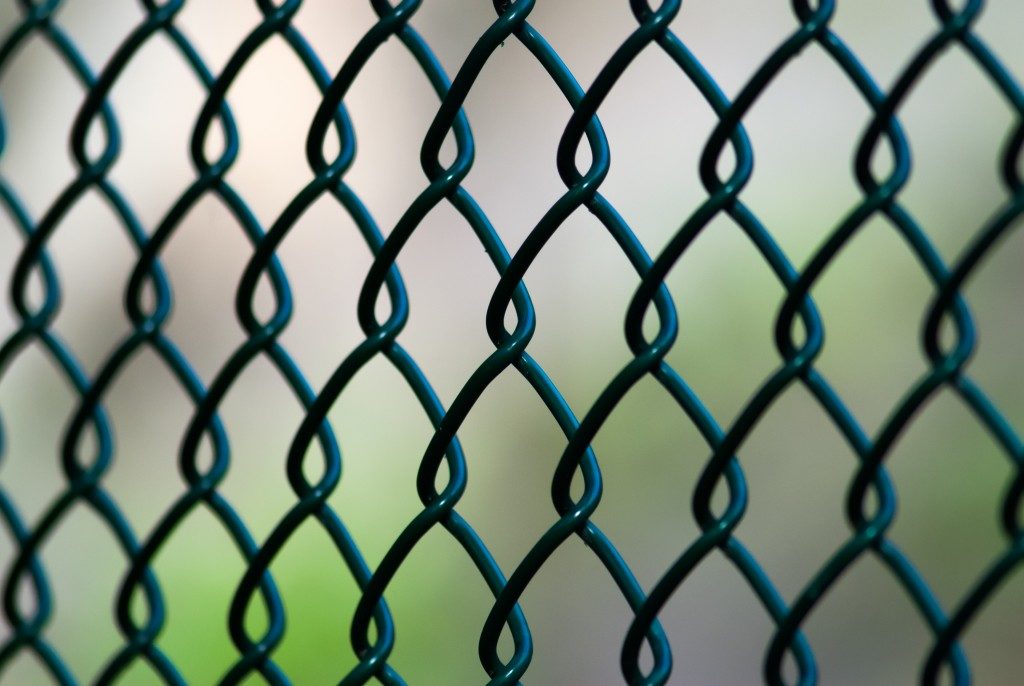DIY Pointers: (Metal) Fencing For First-timers

Metal fences are a popular fencing option, largely due to the fact that they’re sturdy and secure, require minimum maintenance, and are aesthetically pleasing — regardless of whether they have simple or more intricate designs. Plus, they go so well with almost any home style and aesthetic. Normally, metal fences are professionally installed, but do so as a DIY home improvement project. So, for those who are installing a metal fence for the first time, it’s important to take note of these fencing tips to avoid any costly mistakes and ensure that it’s done correctly.
Regulations and Permissions
Before you even start plotting and choosing a design for your fence, it’s best to check up on local regulations on fences. Most, if not all, cities require a fence permit for residential fences of a certain height and have various specific requirements when installing a fence in one’s property. Adhering to these regulations and processing the right paperwork should be the first step for your DIY fencing project, otherwise, you’d be risking penalties and having your hard work undone. Lastly, check with utility providers (water, internet, electricity) if there are underground water lines, pipes, cables that may be running through the area where you’ll be installing your fence on.
Know Your (Property) Limits
Although this should already be obvious, it’s important for you NOT to install a fence on someone else’s property. It’s important that you know where your property boundaries are to avoid making the costly and stressful mistake of installing a metal fence on your neighbor’s lot. Even when you’re entirely sure about your property boundaries, and you have the paperwork to support it, it’s still a good idea to let your neighbor know that you’ll be putting up a fence adjacent to their property — to prevent any disputes, and also to give them a heads up about the noise. Once that’s done, you should be able to start plotting your fence.
Be Careful With Your Fence’s Design
You have to be careful with regards to the design of your fence. Although a spiked fence can provide an extra level of security (and elegance), it may not be suitable for your area. A spiked fence may be able to injure potential trespassers and burglars, but they can also injure you, your neighbors, your neighbor’s pet, and basically anyone that comes near it — especially if it’s not a wall-high fence. After choosing an appropriate design, find a well-reviewed metal supplier in Utah that specializes in fence fabrication and ready your tools.
Dig Deep
In order to have a resilient and long-lasting fence that won’t just topple down after a flood, it’s important for you to dig deep enough in order to have a sturdy foundation for your fence post. Unlike other (more lightweight) materials, a metal fence post is best installed with the use of concrete. So, once have a deep-enough hole, fill it in with concrete and start installing your pole, ensure that it’s straight and locked in place to avoid any mishaps and having to re-do it. There’ also the option of directly installing it into the ground, although it might not be as sturdy as when using a concrete foundation.
Get Help When Necessary
You have to remember that metal fences can be heavy, especially if you’re using wrought iron. In cases where you’re using a heavy metal fencing material, you’ll definitely want someone else around to help you out in order to reduce the risk of injuries and make the job a lot easier.
 Conclusion
Conclusion
The bottom line when it comes to DIY metal fence installation, or any home improvement project for that matter, is making sure you do it legally, carefully, and thoughtfully. Lastly, it’s just as important to know your own limits as well and ask help (or hire a professional) when needed.




